In 2023, frameworks have become a crucial part of web development. The technology required to implement web applications is increasing in complexity as the standards go higher. Even if you can, however, it seems ludicrous to try and recreate the wheel for such intricate processes. Rather, it is wise to develop interactive online apps using web development frameworks suggested by thousands of developers worldwide.
Why Do You Need a Framework?
There are many different frameworks, and there is an opinion that they are necessary. But why? What makes development frameworks popular like “hotcakes?” Well, there are a couple of reasons for that:
- Improve code efficiency and reusability: Development using web frameworks is faster, more efficient, and delivers a highly responsive environment to quicken development cycles.
- Reduce complexity and error: They streamline the development process and prevent errors and bugs. With a web framework, elements such as data binding and setup are being managed behind the scenes so that you can focus on your application alone.
- Bootstrap development: Programmers can use different tools and packages for the successful start of their development processes. Frameworks also save engineers from the heavy lifting of writing every script afresh. Frameworks can help you to experience how different parts are done even if you do not know much about web development.
- Reduce code length: Frameworks reduce the number of coding lines needed to provide common functionality to a website. They have tools for code generation that simplify and compress the development process.
- Reduce work labor: Additionally, some frameworks provide tooling for automating routine activities such as URL mapping, authentication, or caching and thus cut work labor.
- Better security: Security-related features in frameworks assist the developers in protecting a website from other potentially dangerous attacks. Websites can be protected from attacks like SQL injection, data manipulation, DDoS (distributed denial of service), and others with the help of frameworks.
- Simple maintenance and debugging: By default, most frameworks contain testing and debugging facilities. Therefore, your app is already more maintainable and understandable due to the reuse of code and the use of standard practices. It is easy to control and update your project with the help of such features as code completion, unit testing, simultaneous code editing, and so on.
So, using web frameworks has lots of advantages and provides developers and company owners with additional possibilities to create scalable, manageable, and secured web solutions.
Related: Top 9 AI Frameworks and Tools [Proponents + Challenges].
What Web Development Frameworks to Choose?

Nowadays, you can select and use the most suitable web development framework congenially. The industry of web development frameworks is exploding; that’s why it is usually difficult to navigate among their multiplicity. We have prepared for you a list of the best web frameworks that are most likely to be chosen and suggested by a number of software engineers.
Front-End Frameworks
In web design and development, front-end frameworks are one of the most progressive solutions. It shows the aesthetics, user experience, and visual appeal of online applications. Now let us consider some of them.
1. React

React is a highly trendy framework today developed by Meta (formerly Facebook) in 2013. It is an open-source JavaScript framework for building interactive user interfaces. Therefore, React is a better option for the development of dynamic web apps or single-page applications. It is easy to learn, SEO-friendly, and also flexible.
Key features:
- React offers a powerful feature known as the Virtual Document Object Model (DOM) that enhances its utility. Its virtual DOM helps in smooth functioning and rendering even heavy-load apps to run smoothly and render swiftly.
- Frontend code is bundled into components.
- Code and data are organized to make code more reusable.
- It now claims a significant chunk of the mobile market with React Native, its cross-platform mobile development framework, and has an already strong web position.
- Data flow in React apps is unidirectional. One-way data bindings make React an efficient framework, as it exposes fewer mistakes and is easier to debug.
When combined with dynamic adaptation and flexibility, today developers on React can create apps that adapt to any user interface.
2. Angular
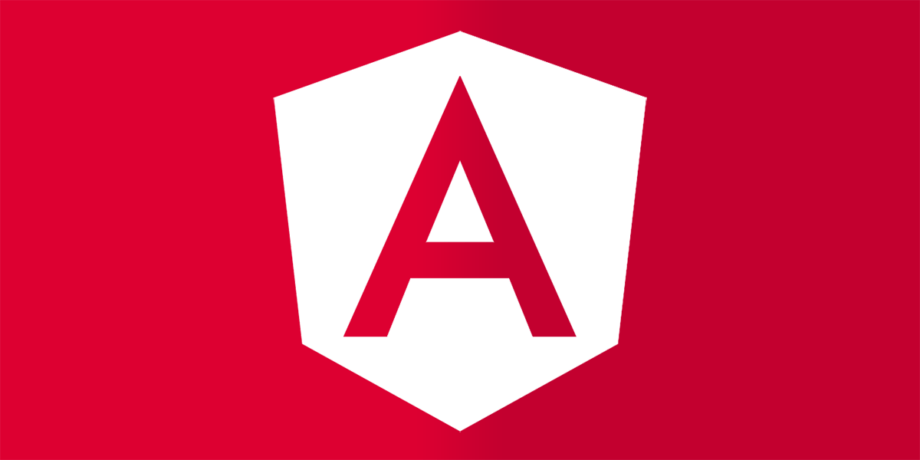
Angular is a front-end web framework for building single-page apps. It is a significant solution, which can even construct complete client-side apps. The change occurred from JavaScript in Angular 1.x to Typescript which is a superset of JavaScript in the modern releases.
Key features:
- By leveraging boilerplate coding, Angular decreases development time.
- It shortens the development process by allowing developers to reuse components and even the architecture.
- Angular increases reusability and application scalability.
- As open-source tools, Angular Material and AgGrid facilitate building a responsive user interface that entails various features.
- One of the most powerful command-line interfaces used in the development, building, and handling of web applications is Angular CLI (Command Line Interface).
The main cons of Angular are that it is bigger than other frameworks and it isn’t SEO-friendly by default. Nevertheless, it can be SEO-optimized if necessary.
3. Vue JS
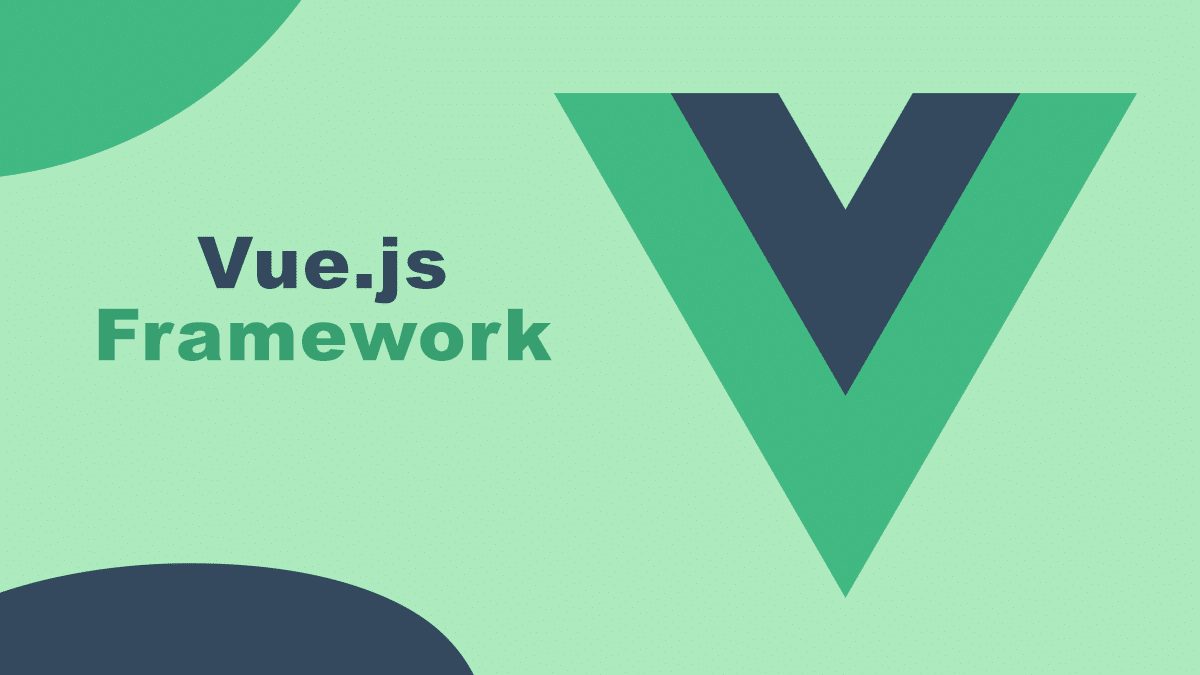
Vue JS is a JavaScript framework that takes the best features from React.js (Virtual DOM) and Angular.js (View Layer) and combines them. Due to its ease of use and flexibility, it is one of the finest frameworks for developing responsive web applications.
Key features:
- Virtual DOM improves the application speed and enhances their efficiency when making modifications in the DOM. Vue uses it to tell what indeed needs rendering in the DOM and which ones are not to be touched.
- Vice CLI, by acting as a simple framework, makes it easier to scaffold and build prototypes in web development. Additionally, it reduces the construction time of the project.
- Vue JS enables reactive two-way data binding where if any modifications are made in the UI, it influences the data and vice versa.
- The framework can be incorporated as a library or module in an existing application, or the entire program may be developed using this respectively. This enhances the flexibility of the web application development process.
Typically, Vue.js is lightweight and can be easily downloaded and installed. Besides this, the Vue JS apps are fast to load making it possible for users to have a smooth experience. For example, you can easily personalize an app by adding Vue JS features in your old code or app.
See also: Most Popular Frameworks for Building Progressive Web Apps (PWAs).
Back-End Frameworks
Without back-end frameworks web development is impossible. The combination of the aspects of the right framework with developers is essential to realize good performance and scalability. The below solutions might help in this.
1. Ruby on Rails
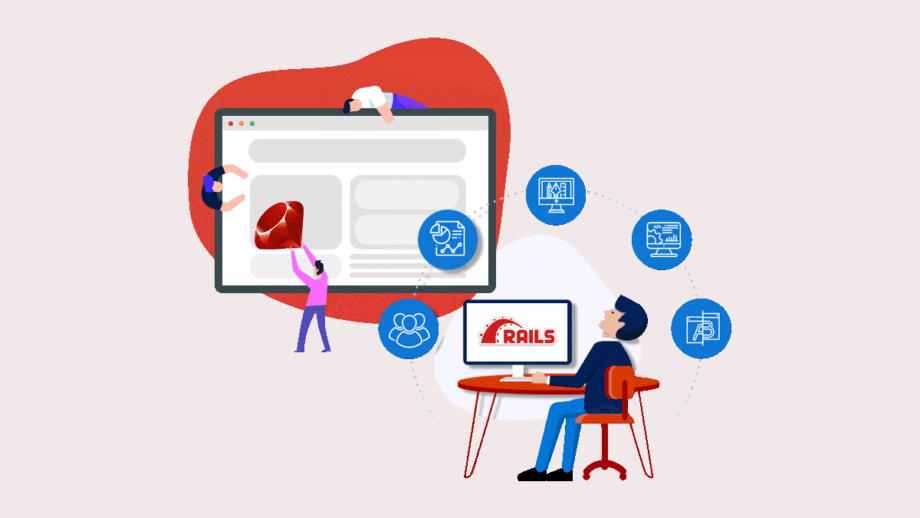
One such popular open-source backend web development framework is Ruby on Rails (RoR) based on MVC (Model-view-controller). The approach stresses the use of popular software engineering patterns and paradigms, such as CoC, Active Record Pattern as well as DRY.
Key features:
- It allows data transferring using web standards (for example, XML and JSON) and user interaction with the help of JavaScript, HTML, and CSS.
- The active record library in Ruby on Rails is a sophisticated and comprehensive tool that simplifies the design of database queries.
- RSpec is an additional simple feature that Ruby on Rails comes inbuilt for unit testing. It can be utilized in testing the application’s functionality one at a time.
- Ruby on Rails incorporates different libraries that simplify basic programming aspects such as form validation, session management, etc.
Therefore, Ruby on Rails delivers all the necessary tools for developers to build a high-quality database access library, and produce an AJAX library and common tasks library.
2. Django
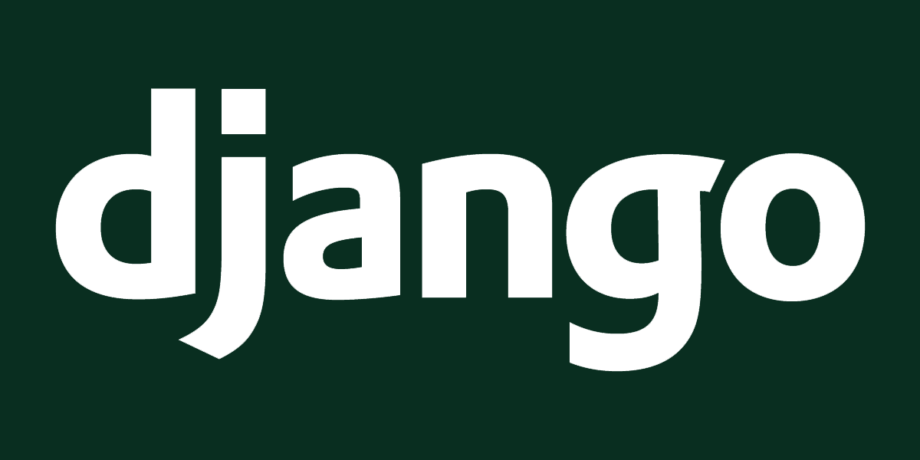
Django is designed by competent developers – hence its suitability in developing API features like naive GraphQL integration is phenomenal. This framework is compatible with any format such as HTML, JSON, or XML.
Key features:
- Django prevents several security risks and vulnerabilities by default, including cross-site request forgery, cross-site scripting, and SQL injections.
- With its code reusability features and caching solutions, Django is highly scalable to support any traffic needs.
- Its code is developed on Python and designed using Model-View-Template (MVT) architecture which makes it strong in handling asynchronous and reactive programming.
- Django simplifies the creation of news sites, social networks, Content Management Systems (CMS), and any type of website.
Django apps are SEO-friendly and easy to optimize since they are maintained through URLs rather than IPs.
3. ASP.NET
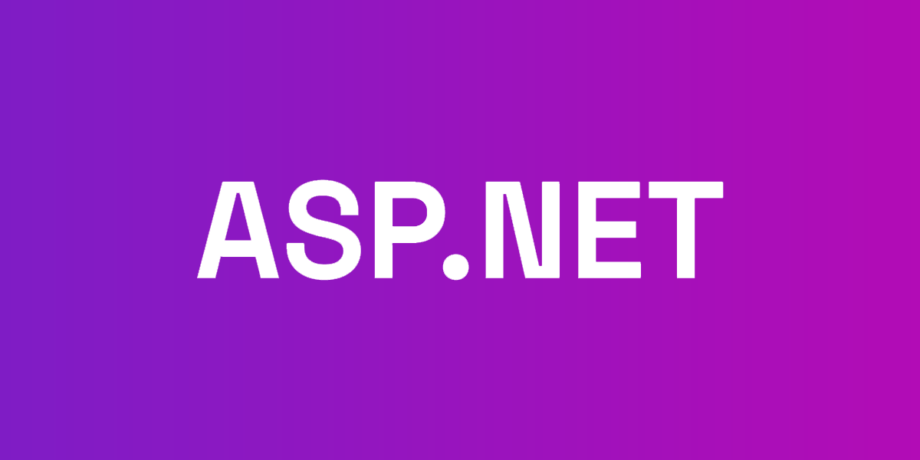
ASP.NET was developed by Microsoft in order to follow the latest trends in web development and create any dynamic website, app, or service. Ever since, the solution gained considerable popularity in establishing advanced-quality, highly secure, and extremely sophisticated online applications.
Key features:
- ASP.NET Core application works with any client-side framework and can be deployed to various platforms such as MacOS, Windows, and Linux.
- ASP.NET Core is faster and thus improves the performance of an app as it supports asynchronous programming (async/await).
- ASP.NET Core combines Web API and MVC to simplify building APIs and makes client-side implementation more viable.
- The Razor Pages is the other major ASP.NET Core feature that makes it less difficult. This feature allows developers to build server-side rendered apps more quickly and effortlessly.
- With excellent developer tools like JetBrains Rider, .NET Code Profiler, and Visual Studio Code, ASP.NET has provided great experience for development.
For these reasons, ASP.NET ranks top among developers and organizations all over the globe because it is scalable, flexible, and highly performable.
Related: Trending Responsive Web Design Frameworks.
Make the Right Choice

With so many web development frameworks suited for developing a complex SaaS application or even a simple static website, the market is well-supplied. When you look at the features of each framework, it will be easier to choose the right solution for your digital project. We hope that this post will help you to make the right choice!





